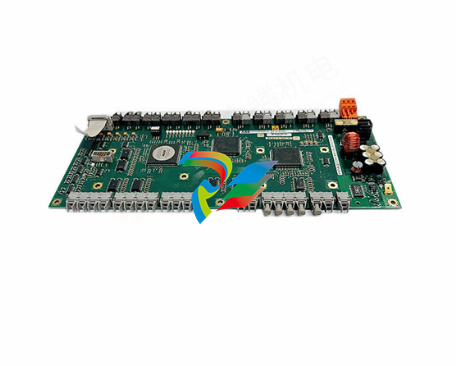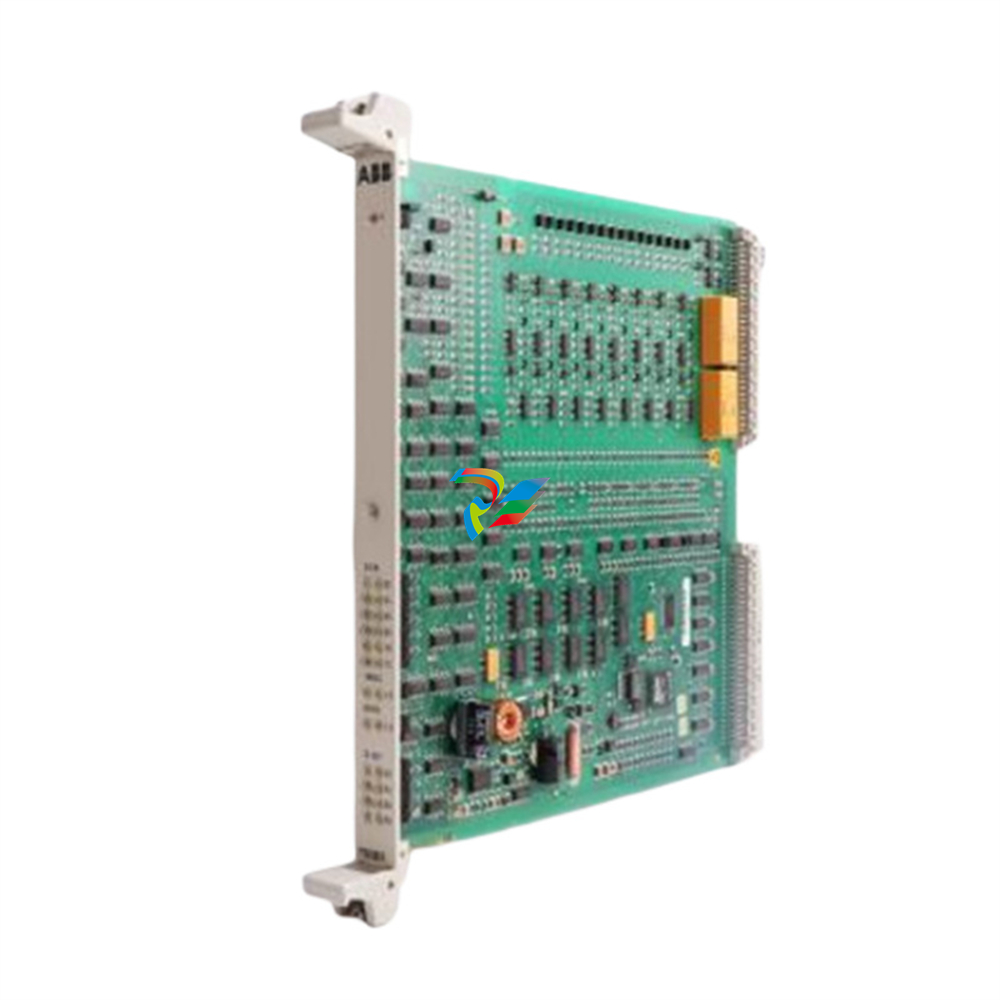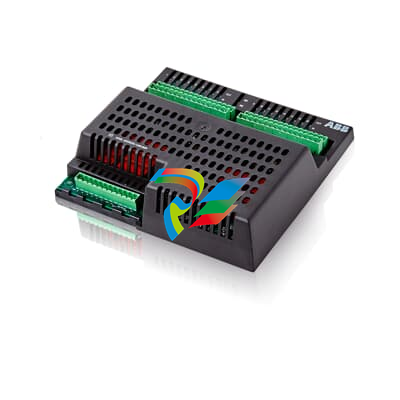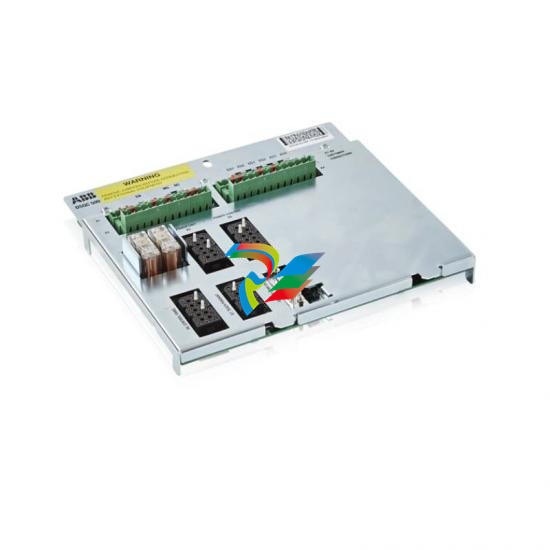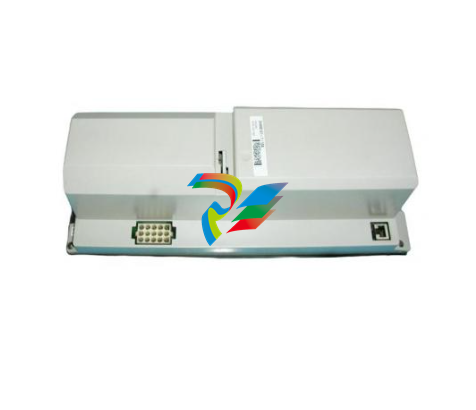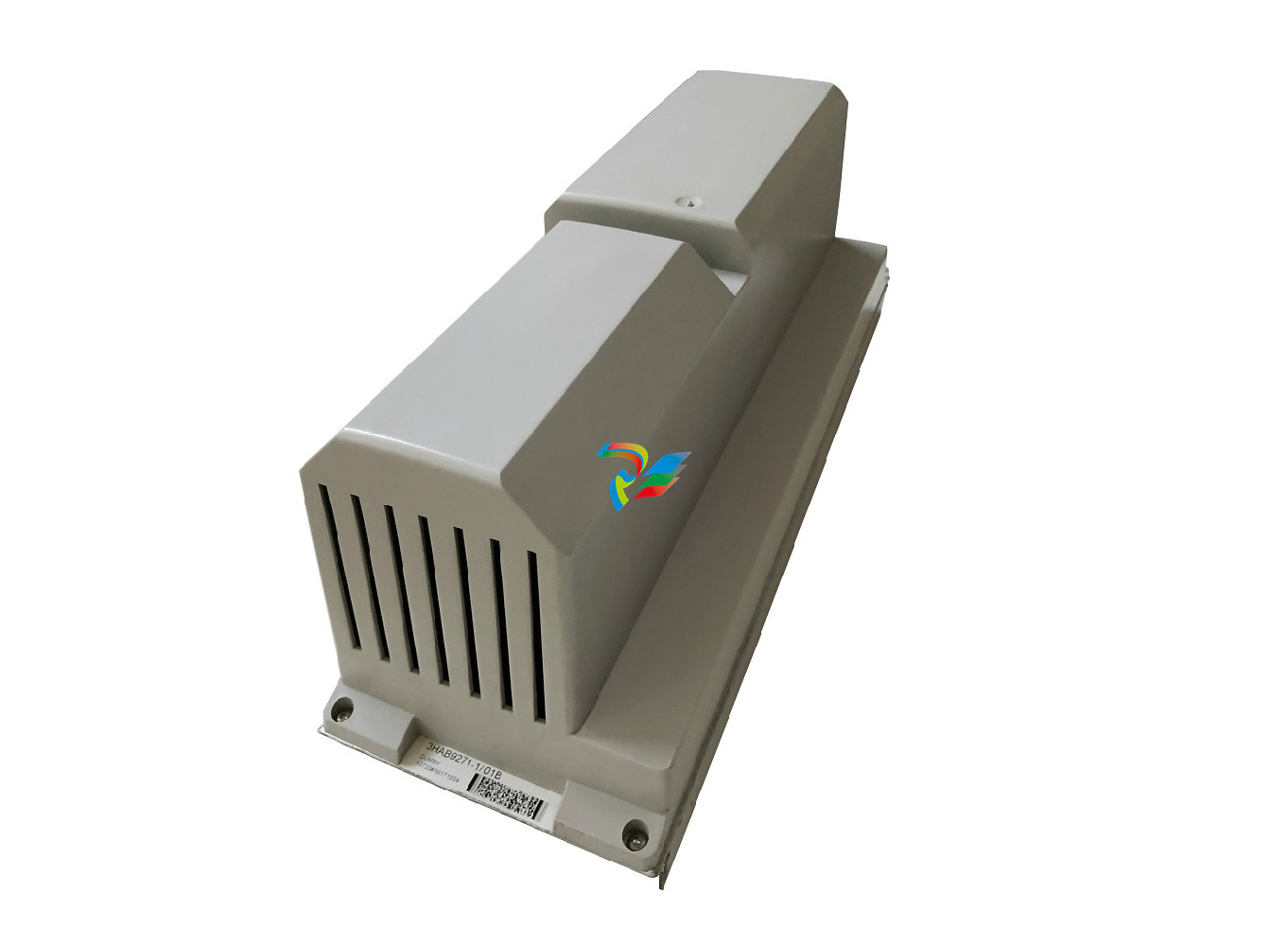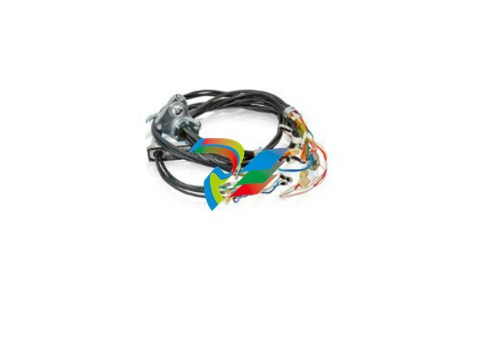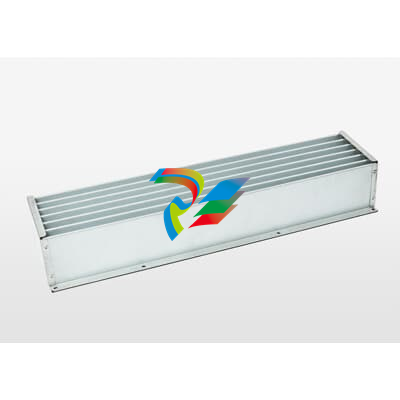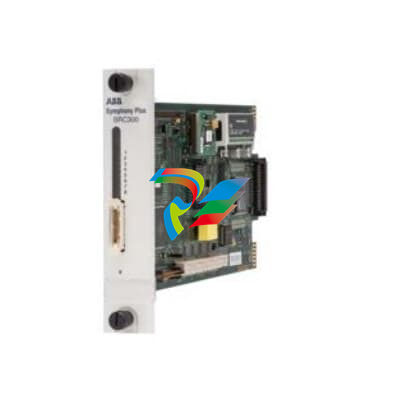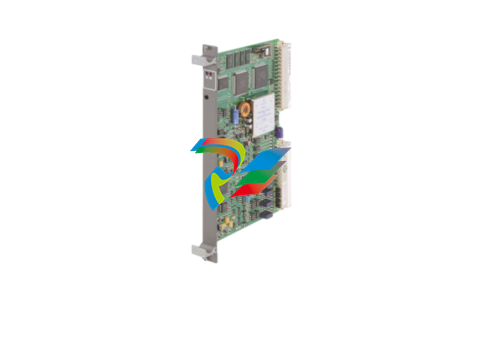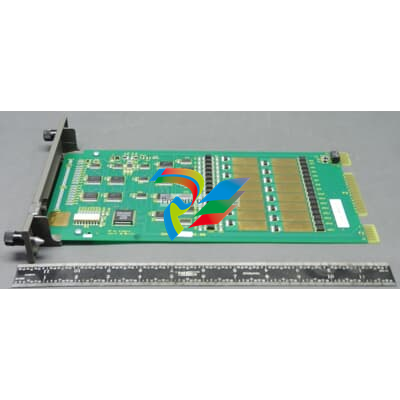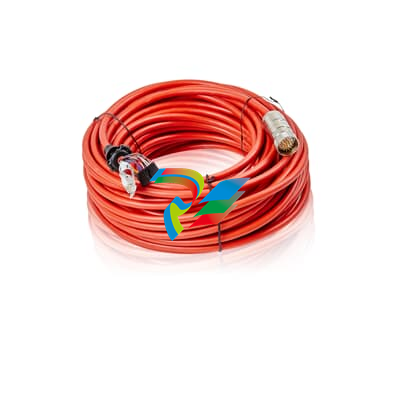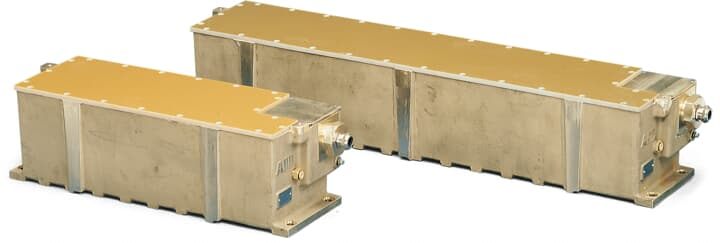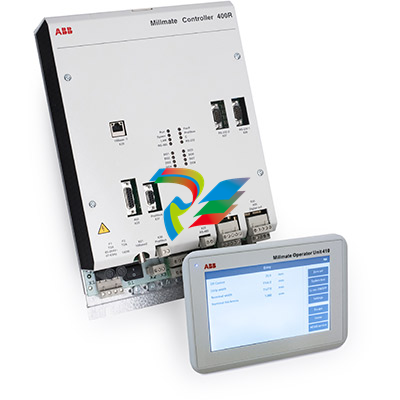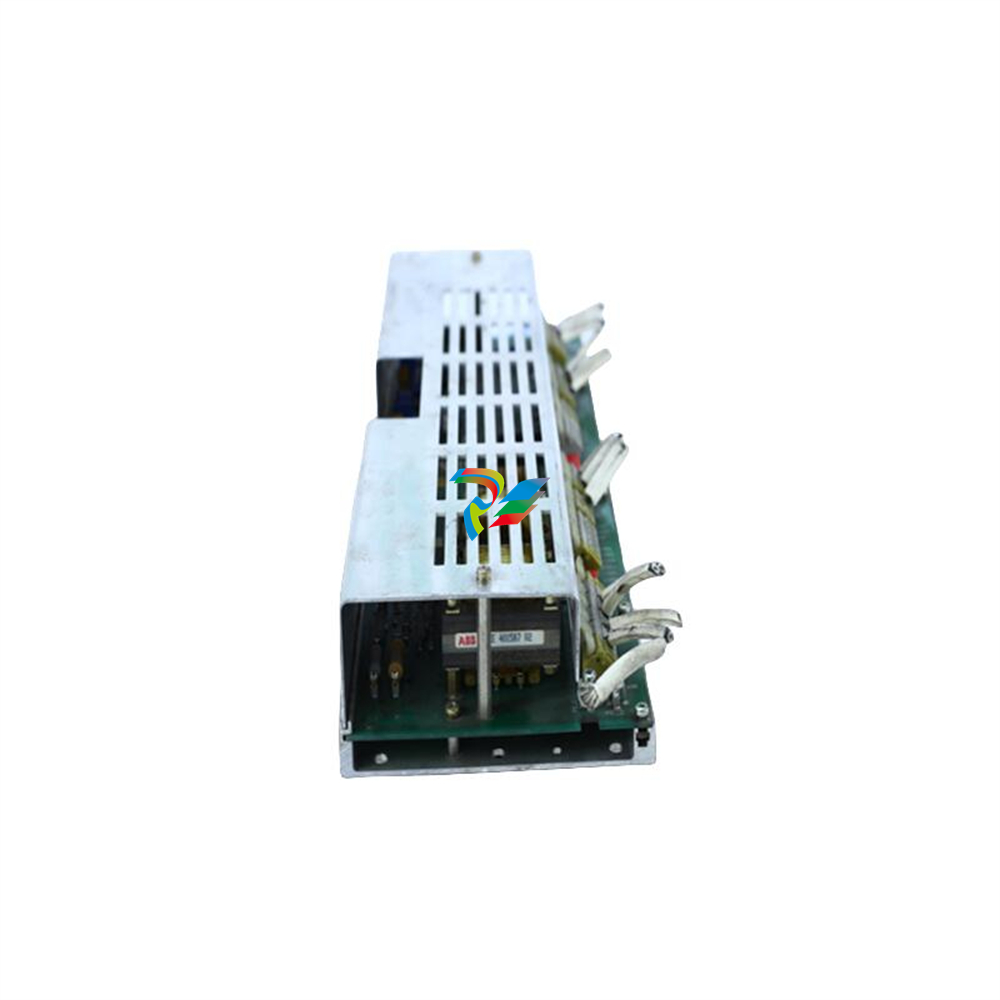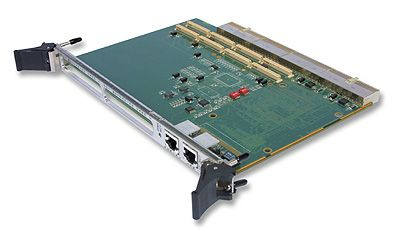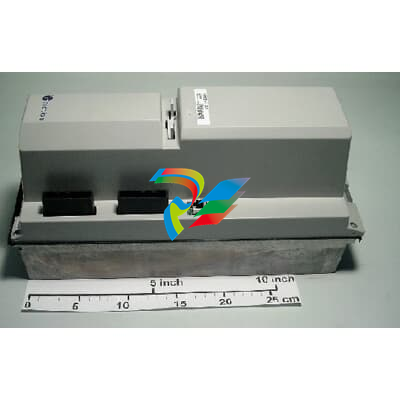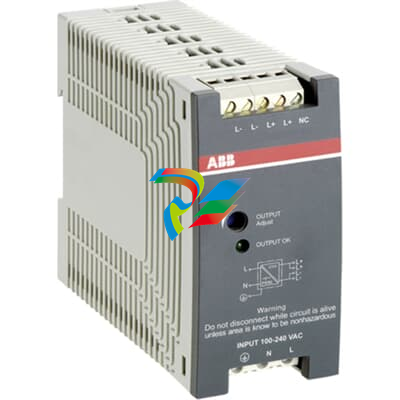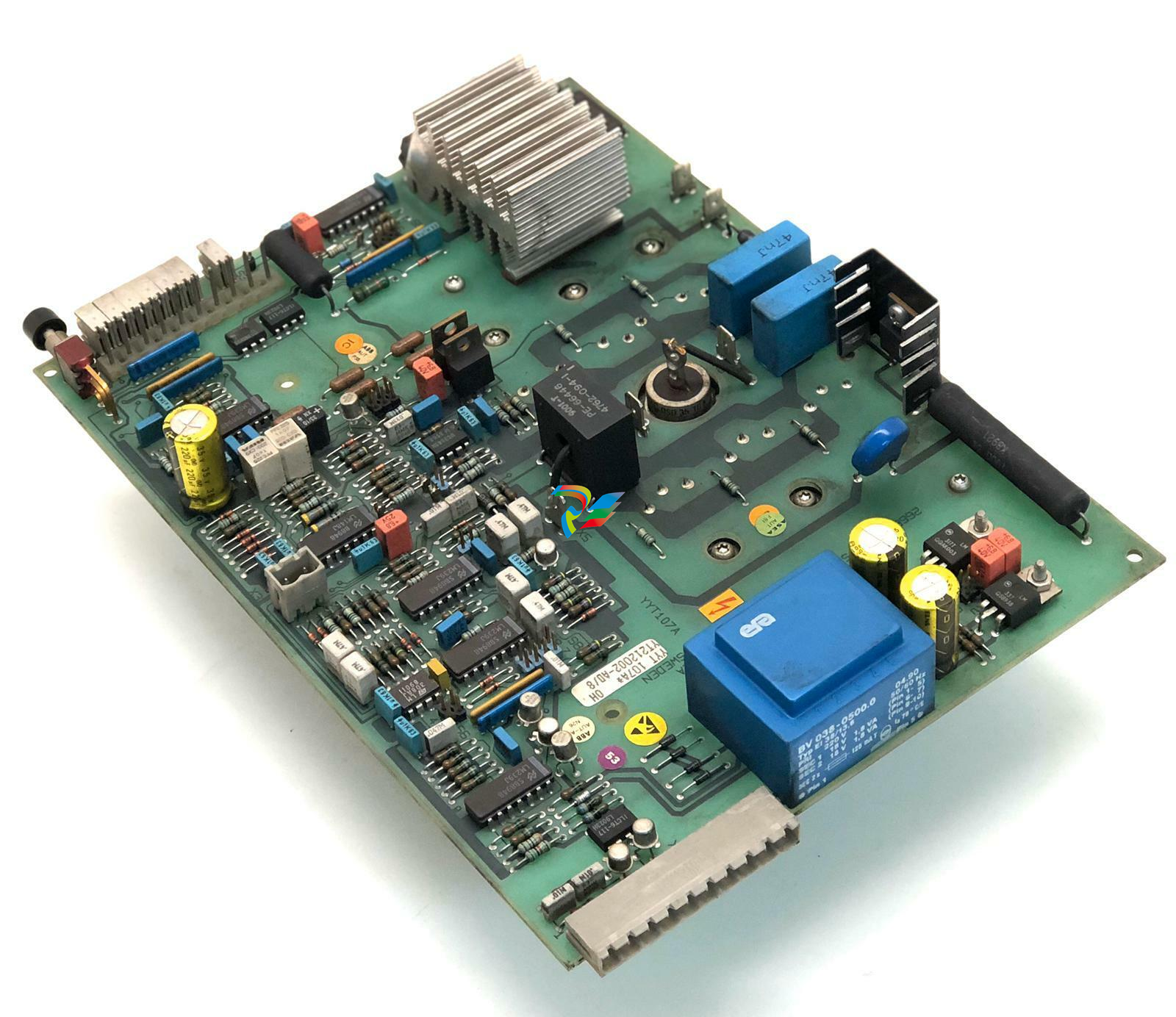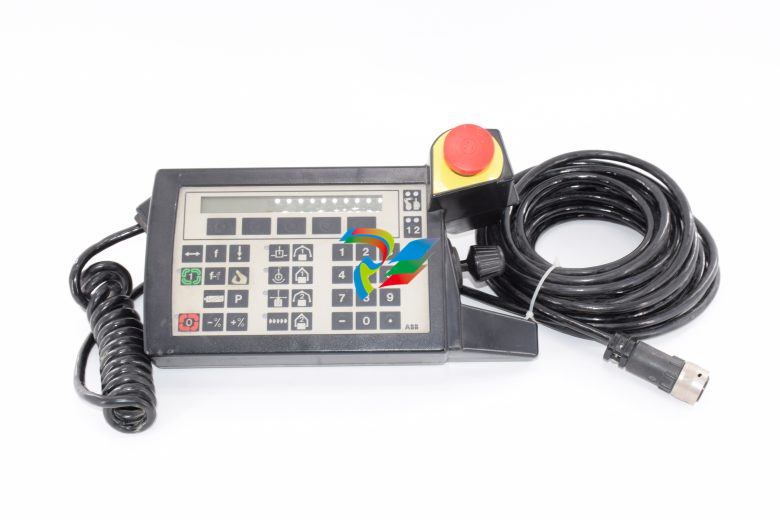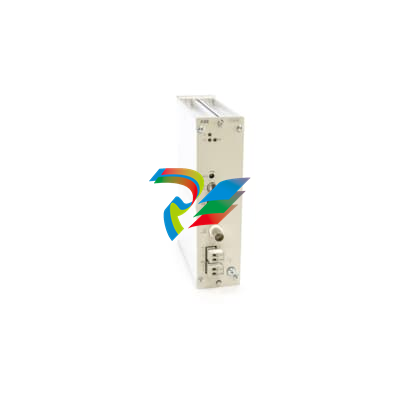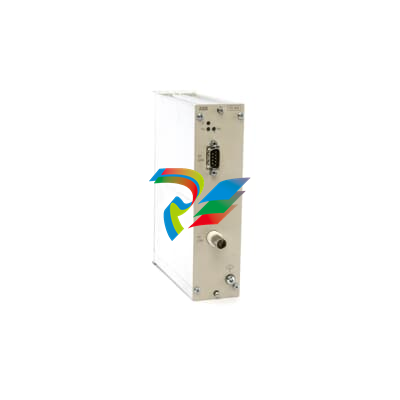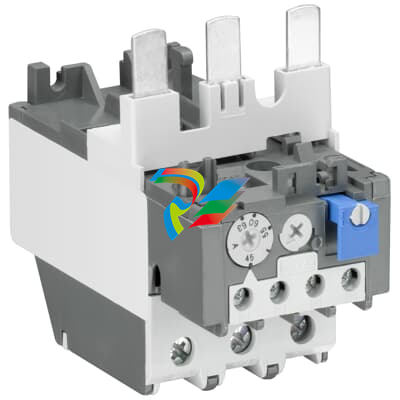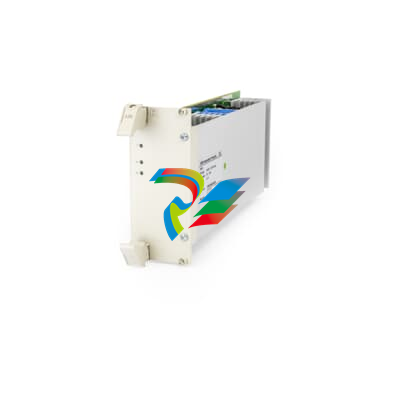
Summary of the Advant Controller 70 Automation System Manual

# Advant Controller 70 Manual Translation ## Advant® OCS Open Control System ## Advant Controller 70 ## ABB The Advant Controller 70 features two I/O modules and one free device connection unit. The small yet high-performance processing station The Advant Controller 70 is a small but high-performance, user-configurable processing station. It can be used either individually as an autonomous processing station or as part of an Advant OCS process control system. It can communicate with monitoring stations running under Windows and process both analog and binary signals. Therefore, the Advant Controller 70 is an ideal solution for your control engineering tasks, whether for automating a single machine or as an entry into plant-wide automation . Advant Controller 70 units communicate with each other and with other processing stations via the Advant Fieldbus 100, which is designed as a standardized twisted-pair cable. The Advant Controller can be installed in the field area near sensors and actuators to reduce cabling costs and thus overall installation costs . It offers the following advantages: - Flexibility in installation - Modular design enabling almost unlimited, step-by-step expansion - Favorable price-performance ratio, allowing savings in hardware, cabling, installation, and maintenance - Reliability and self-diagnosis for years of trouble-free plant operation - Openness through support of the OPC standard, making it possible to combine the Advant Controller 70 with OPC-compatible software of your choice . The Advant Controller 70 helps users increase their productivity and competitiveness—with peace of mind. ## ABB ## Advant Controller 70 – Compact and High-Performance ## Adaptable to Any Plant The Advant Controller 70 has a modular design and consists of passive device connection units that are mounted side by side on DIN rail profiles. These connection units gradually extend the internal module bus and provide screw terminals for connecting all incoming and outgoing process cables. The process I/O modules are plugged onto these device connection units, serving as interfaces to the outside world. Two types of device connection units are available for the process I/O modules: a compact design for vertical mounting of modules and an extended design for horizontal mounting. The former is space-saving and allows the maximum number of I/O channels per rail profile, while the latter provides more space for cabling. The extended design features fuses and terminals for powering field devices, eliminating the need for external junction boxes in most cases . Compact and extended device connection units can be used side by side within a station, meaning they can be mixed freely to adapt to the requirements of each individual field device . Since the Advant Controller 70 has low space requirements and low protection needs against environmental influences, it represents a cost-effective solution for decentralized on-site installation . ## Direct Connections to the Process Binary process I/O modules typically have 16 channels, and analog modules have 8 channels. Since an Advant Controller 70 can accommodate a maximum of 12 I/O modules, this results in a maximum of 192 binary or 96 analog signals per station, or any corresponding combination of these signals. With an additional module bus extension, a total of 24 I/O modules can be accommodated . However, up to 80 stations can be connected to a single Advant Fieldbus 100, so a system composed of multiple Advant Controller 70 units can process several thousand I/O signals . The I/O modules of a station can all be mounted on a single rail profile or distributed across multiple rail profiles, in which case they are connected to each other via pluggable cables. These different mounting options make the Advant Controller 70 suitable for installation in a wide range of standard wall-mounted enclosures and cabinets . Input and output modules for DC/AC signal levels and devices according to industry standards are available, including resistance temperature detectors and thermocouples. Therefore, process-near devices can be connected to the Advant Controller 70 with minimal signal conditioning . ## Graphical Program Creation and Open Communication The Advant Controller 70 is programmed in the user-friendly AMPL programming language. This programming language is a function block language and is equally well-suited for programming logical connections, arithmetic functions, and continuous control tasks . The user program can be divided into up to 31 subprograms, where the execution of each subprogram can be individually controlled based on logical conditions, cycle time, and priority . Thanks to its compact and robust design, the Advant Controller 70 can be installed in the field area. Operators at a central Advant OCS station can access the Advant Controller 70 in exactly the same way as any other station in the system . The Advant Controller 70 can communicate with the Advant Controller 110 in the same way as with another Advant Controller 70 . It is now easier than ever to combine Advant control systems with OPC-compatible software of your choice, such as SattGraph 5000. The Advant OPC Server, which is based on Windows NT, provides powerful, easy-to-use services for reading, writing, and subscribing to data. Thus, it is easy to implement a wide variety of applications for controlling and monitoring production processes. The Advant OPC Server for Advant Fieldbus 100 can coexist with other Windows NT-based configuration tools, such as AMPL Control Configuration. Among other things, this setup offers remote configuration and troubleshooting for nodes on the Advant Fieldbus 100. This means you can configure, commission, and maintain all your stations in the control system from a central point—with minimal effort . ## Trouble-Free Production Through Special Functions The Advant Controller 70 includes numerous functions that make the system reliable and fault-tolerant, and enable self-diagnosis; for example: - Data transmission on the fieldbus is secured by acknowledgment and checksum formation to ensure error-free operation . - The processing station supports dual redundancy for power supply and fieldbus with built-in monitoring and fault logging . - In the event of serious faults, all outputs of the processing station can be individually set to either maintain the last valid value or adopt pre-defined values, allowing the affected plant part to enter a safe state . - I/O modules can be hot-swapped during operation of the station, i.e., without switching off the power supply to system and field components. Hardware protection ensures that only modules of the correct type can be plugged into free device connection units, while software protection finally checks whether the module type is correct . With all these functions, the Advant Controller 70 helps secure crucial advantages for users of Advant OCS. The Advant Controller 70 can communicate with processing stations of the Advant Controller 400 series and via these with the entire Advant OCS process control system . ## Technical Data of Advant Controller 70 | Power Supply | Supply Voltage: 24V DC +10…-15%; Maximum Current: 1A | | --- | --- | | Device Connection Units (MTU) Compact Design TU810/811 | Rated Isolation Voltage: 50/250V; Conductor Cross-Sections: 0.2-2.5 mm² (AWG 24-12) | | Extended Design | TU830/831/836; Rated Isolation Voltage: 50/250V; Conductor Cross-Sections: 0.2-2.5 mm² (AWG 24-12)/0.2-4 mm² (AWG 24-10) | | Number of I/O Devices | Max. 12 per station, optional 24 | | Extension Cables | With plug, lengths: 0.3m; 0.6m; 1.2m | | Processor Module | PM 810; CPU: MC68340/16MHz; Program/RAM Memory: 256kB Flash-PROM/256kB RAM; Engineering Station Connection: RS232C port; Battery Buffering: typically 8 months | | Advant Fieldbus | Connection: 1 bus (slave), 2 dual redundant lines, twisted-pair shielded/coaxial cable/fiber optic cable; Number of Stations: max. 80 per bus; max. 32 per twisted-pair segment | | Bus Length | Max. 750m per twisted-pair segment; max. total length: 13,000m | | Binary Input Module DI810 | Number of Channels: 16; Signal Voltage/Type: 24V DC/current-sinking | | Binary Input Module DI811 | Number of Channels: 16; Signal Voltage/Type: 48V DC/current-sinking; Groups: 2 groups of 8 channels each | | Binary Input Module DI820 | Number of Channels: 8; Signal Voltage/Type: 120V AC; Groups: Individual return conductor | | Binary Input Module DI821 | Number of Channels: 8; Signal Voltage/Type: 230V AC; Groups: Individual return conductor | | Binary Output Module DO810 | Number of Channels/Groups: 16/2 groups of 8 channels each; Signal Voltage: 24V, max 0.5A DC; Type: current-sourcing/short-circuit protected | | | Signal Voltage Type: 230V, max 3A AC/DC Relay (normally open contact) | | Analog Input Module AI810 | Number of Channels/Groups: 8/shared return conductor; Measuring Range: 0(4)-20mA/0(2)-10V; Resolution: 12 Bit | | Analog Differential Input Module AI820 | Number of Channels: 4; Groups: Shared return conductor; Measuring Range: ±0-5V, ±0-10V, ±0(4)-20mA; Resolution: 12 Bit + Sign; CMRR: >60dB DC/80dB AC at 50/60Hz | | Analog RTD Input Module AI830 | Number of Channels/Groups: 8/shared return conductor; Measuring Range: Pt100, Ni100, Ni120, Cu10, Resistance 0-400 Ω; Resolution: 14 Bit | | Analog Thermocouple Input Module AI835 | Number of Channels: 8 (7+ reference channel); Groups: Shared return conductor; Measuring Range: Thermocouple Types B, C, E, J, K, N, R, S, T, ±75mV; Resolution: 14 Bit | | Analog Output Module AO810 | Number of Channels/Groups: 8/shared return conductor; Range: 0(4)-20mA; Resolution: 14 Bit; Load: 500/1000 Ω (short-circuit protected) | | Isolated Analog Output Module AO820 | Number of Channels: 4; Groups: Shared return conductor; Measuring Range: ±0-5V, ±0-10V, ±0(4)-20mA; Resolution: 12 Bit + Sign; Load: <500 Ω for current/>2k Ω for voltage | | Environmental Conditions | Temperature: max. 40°C (vertical installation) max. 55°C (horizontal installation); Protection Class: IP20 (higher with enclosure) | | Standards Complied With | EMC: EN 50081-2, EN 50082-2, EN 60439-1, EN 60950, EN 61010-1; Fieldbus: IEC 1158-2; Corrosive Gases: ISA Class G2 CSA approval applied for |


































































































